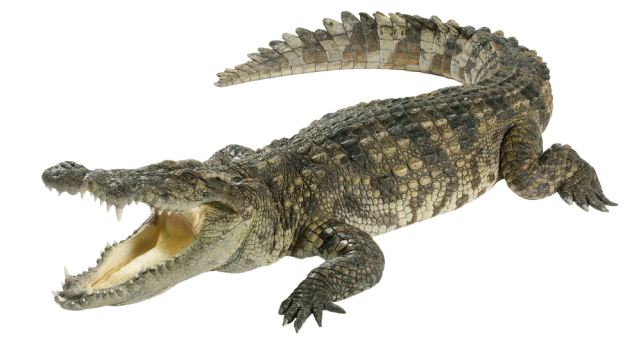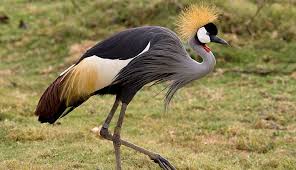Stamp: Sarus Crane (Grus antigone), Gharial (Gavialis gangeticus) (Bangladesh 1984)
Sarus Crane (Grus antigone), Gharial (Gavialis gangeticus) (Bangladesh 1984)
17 June (Bangladesh ) within release Zoo of Dhaka goes into circulation Stamp Sarus Crane (Grus antigone), Gharial (Gavialis gangeticus) face value 1 Bangladeshi taka
| Stamp Sarus Crane (Grus antigone), Gharial (Gavialis gangeticus) in catalogues | |
|---|---|
| Michel: | Mi:BD 214 |
Stamp is square format.
Also in the issue Zoo of Dhaka:
- Stamp - Sarus Crane (Grus antigone), Gharial (Gavialis gangeticus) face value 1;
- Stamp - Common Peacock (Pavo cristatus), Bengal Tiger (Panthera tigr face value 2;
|
Data entry completed
43%
|
|
|---|---|
| Stamp Sarus Crane (Grus antigone), Gharial (Gavialis gangeticus) in digits | |
| Country: | Bangladesh |
| Date: | 1984-06-17 |
| Format: | Stamp |
| Face Value: | 1 Bangladeshi taka |
Stamp Sarus Crane (Grus antigone), Gharial (Gavialis gangeticus) it reflects the thematic directions:
Birds (Aves), a subgroup of Reptiles, are the last living examples of Dinosaurs. They are a group of endothermic vertebrates, characterised by feathers, toothless beaked jaws, the laying of hard-shelled eggs, a high metabolic rate, a four-chambered heart, and a strong yet lightweight skeleton. Birds live worldwide and range in size from the 5 cm (2 in) bee hummingbird to the 2.75 m (9 ft) ostrich. They rank as the class of tetrapods with the most living species, at approximately ten thousand, with more than half of these being passerines, sometimes known as perching birds. Birds are the closest living relatives of crocodilians.
Reptiles are tetrapod (four-limbed vertebrate) animals in the class Reptilia, comprising today's turtles, crocodilians, snakes, amphisbaenians, lizards, tuatara, and their extinct relatives. The study of these traditional reptile orders, historically combined with that of modern amphibians, is called herpetology. Because some reptiles are more closely related to birds than they are to other reptiles (e.g., crocodiles are more closely related to birds than they are to lizards), the traditional groups of "reptiles" listed above do not together constitute a monophyletic grouping (or clade). For this reason, many modern scientists prefer to consider the birds part of Reptilia as well, thereby making Reptilia a monophyletic class.
Crocodiles (family Crocodylidae) or true crocodiles are large semiaquatic reptiles that live throughout the tropics in Africa, Asia, the Americas and Australia. The term crocodile is sometimes used even more loosely to include all extant members of the order Crocodilia, which includes the alligators and caimans (family Alligatoridae), the gharial and false gharial (family Gavialidae) among other extinct taxa.
Animals are multicellular, eukaryotic organisms of the kingdom Animalia (also called Metazoa). All animals are motile, meaning they can move spontaneously and independently, at some point in their lives. Their body plan eventually becomes fixed as they develop, although some undergo a process of metamorphosis later on in their lives. All animals are heterotrophs: they must ingest other organisms or their products for sustenance.
Cranes are a type of large bird with long legs and necks in the biological family Gruidae of the order Gruiformes. The family has 15 species placed in four genera which are Antigone, Balearica, Leucogeranus, and Grus. They are large birds with long necks and legs, a tapering form, and long secondary feathers on the wing that project over the tail. Most species have muted gray or white plumages, marked with black, and red bare patches on the face, but the crowned cranes of the genus Balearica have vibrantly-coloured wings and golden "crowns" of feathers. Cranes fly with their necks extended outwards instead of bent into an S-shape and their long legs outstretched.





